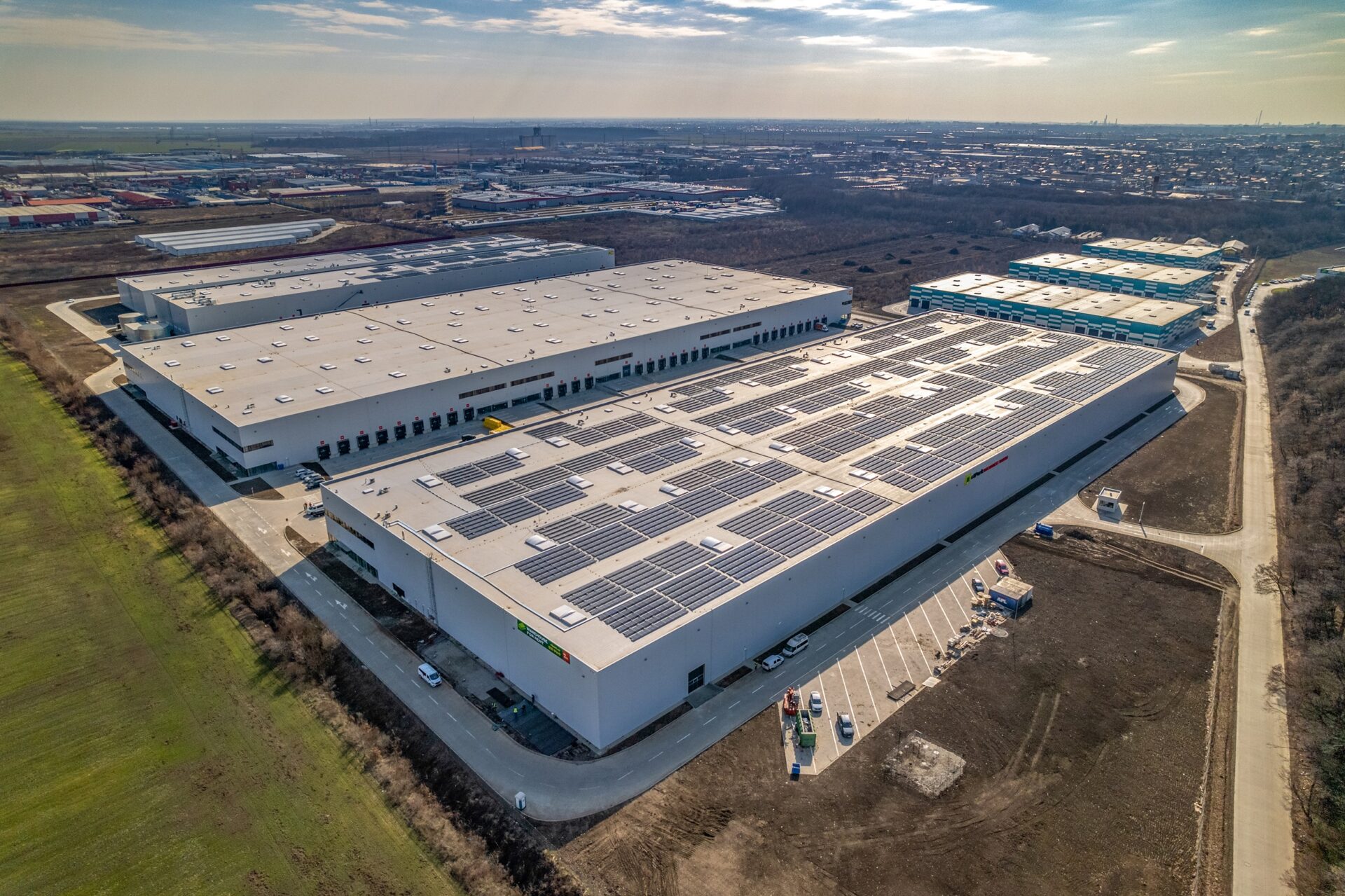CBRE, the world leader in commercial real estate services, has released a study investigating current trends in the logistics real estate sector. Technological development, automation of logistics processes and urbanization leads to a rise of vertical warehouses. The largest multi-storey warehouses are seen mostly in Asia. In the Czech Republic, there is still more interested in large one-storey warehouses.
Currently 54 percent of the world’s population and nearly 74 percent of Europeans live in cities. It is quite common for people to live and work in high, multi-storey buildings or in skyscrapers. That trend penetrates also into logistics and there is growing an interest in vertical logistics solutions at a global level. Multi-level stores are popular in East Asian markets, where in addition to the high population density cities there is also a lack of land. In Europe there is less interest in vertical solutions and in the local market sophisticated vertical warehouses are far more a vision for the future for now.
Bert Hesselink, Senior Director, Industrial& Logistics of CBRE added: “In the local market the demand continues for high-capacity one storey warehouses and distribution centres of XXL format. Currently we are facing a shortage of suitable land within the whole territory of the Czech Republic, mainly around the capital city. Companies are therefore interested in new locations outside of Prague and the Central Bohemian region. An example is the Mountpark Pilsen logistics centre with 44,000 sqm of total area, whose construction was completed in the Pilsen region late last year.”
Technological developments and automation of logistical processes are the factors influencing the formation of vertical storage. Logistics companies use automation to optimize and streamline all operations of warehouse and supporting activities. That allows vertical utilization of storage space and storage and handling of goods in areas previously difficult to reach. The optimization is also related to the second reason why companies turn to vertical solutions, and that is finding the balance between labor costs and warehouse operations. You need to set what could be carried cheaper by robots and for what human labor is still needed. That wage growth and a shortage of qualified employees leads to the need for process automation.
Vertical construction solution of warehouses can be in two different forms. The first are the “high-bay” warehouses, including all logistic one-storey buildings that exceed the common height of a standard logistics facility. The second option of vertical logistics are “multi-level” stores. Multi-level warehouses consisting of more than one floor, which greatly increases available floor space. Access to goods on the upper floors is possible from outside, via ramps for vehicles, or an internal vertical solution can be used with lifts, conveyor systems or internal ramps.







